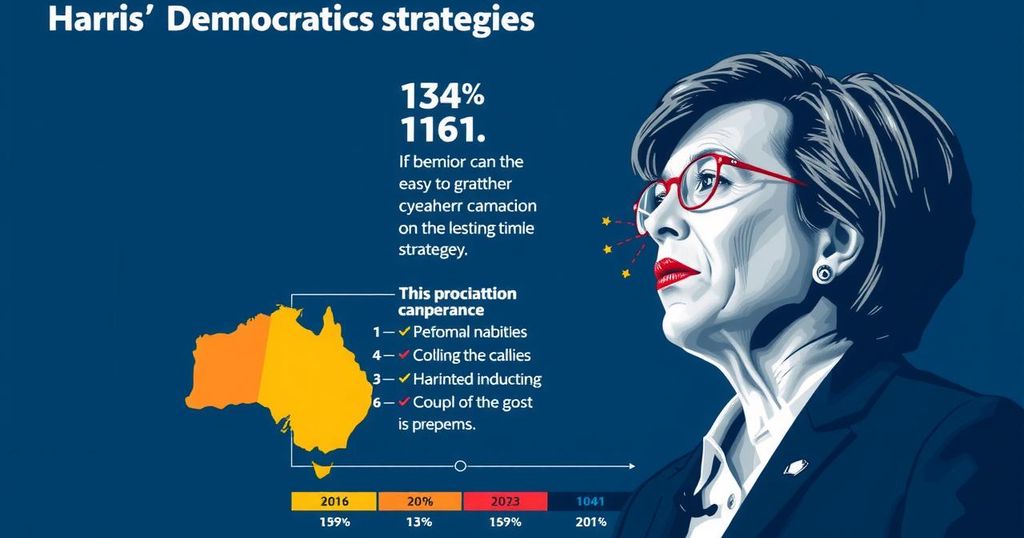The electoral results suggest a complex landscape for Democrats, highlighting issues of anti-incumbency and voter discontent. The potential for Trump’s re-election could initiate significant changes, including proposals for mass deportation and budget cuts. Over the years, Democrats have struggled to comprehend the tightening race, attributing it to various factors, yet a fundamental challenge arises from their long tenure in power. This shift in voter sentiment emphasizes the importance of understanding and addressing broader political dynamics.
The shocking outcome of the 2016 election marked a significant blow to America’s progressive base, yet the recent electoral results have invoked a different reaction—one steeped in resignation and despair rather than hope. The potential re-election of Donald Trump could catalyze profound changes in American governance, despite prior chaotic campaign rhetoric. Despite a widespread Democratic strategy, fears regarding inflation and immigration proved to misalign with voter concerns. This dynamics led voters to endorse Trump amidst historical transformations that include proposals for mass deportation, regulatory overhauls, and drastic federal budget cuts. For years, Democrats struggled to understand how the presidential race tightened, often attributing this to widespread ignorance or political missteps. These explanations, although valid, overlook an essential reason: after holding the White House for most of the last two decades, the Democratic Party encountered significant anti-incumbency sentiments that are pervasive in global politics today, driven by dissatisfaction and the repercussions of recent crises. With no Republican having won the popular vote since the 2008 recession, the recent electoral results reflect both a rejection of incumbency and a broader desire for change that many Democrats underestimated. Evidently, as public sentiment shifts and historical patterns of electoral support evolve, it is imperative to reassess the Democratic Party’s trajectory in contemporary politics to address the underlying currents of voter behavior that challenge traditional strongholds.
In the context of American political history, the 2016 U.S. presidential election served as a pivotal moment for liberal voters who found themselves grappling with an unexpected defeat. As President Donald Trump potentially nears another term, many question the implications of this electoral cycle amid concerns about key issues that were overshadowed by perceptions of urgency, such as inflation and immigration. This disconnection highlights fundamental shifts within voter populations, particularly associated with a growing disenchantment toward incumbent political parties, including the Democrats. The implications are profound as they reveal a greater trend of political volatility and a return to outsiders in governance. Furthermore, the backdrop of significant political history is crucial for understanding current dynamics; the Democratic Party has enjoyed extensive electoral success over the past decades. In this light, the growing disenchantment with incumbency illuminates a critical landscape for political strategy moving forward, underscoring the need for re-evaluation amidst changing voter attitudes amidst economic and social pressures, magnified by global events.
In conclusion, the recent electoral outcomes reflect deep-seated issues regarding voter sentiment and the shifting landscape of American politics. The Democratic Party’s long-standing dominance was met with an unexpected anti-incumbency wave, revealing a restless electorate seeking alternatives. Moving forward, it is essential for political strategists to reassess their approaches in light of these trends to effectively engage with and address the ever-evolving needs and concerns of voters. Ultimately, while the electoral results are disappointing for many, they represent an opportunity for re-examination and potential revitalization of political engagement among core supporters.
Original Source: www.nytimes.com






